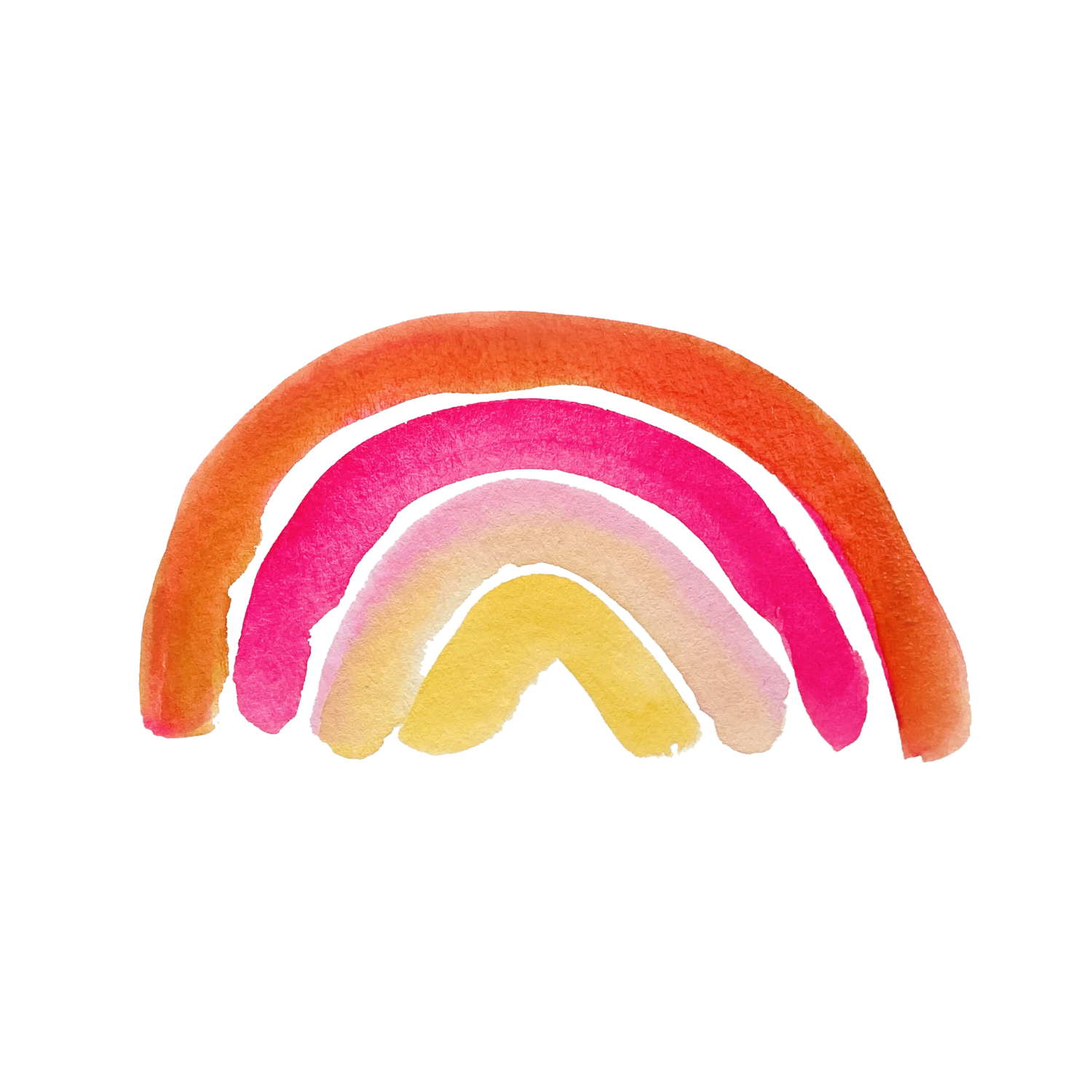How to Paint Watercolor Bromeliad Tropical Plants (Tutorial Mixed Media)
I created this tutorial because painting watercolor bromeliads in mixed media can be a challenge. These beautiful, geometric tropical plants come in a variety of bright colors that could be called neon. They’re exciting colors make them great painting subjects. Their shape lends itself well to an interesting composition. I discovered these small tropical plants on my many explorations for painting inspiration.
How I discovered Bromeliads
I once had a bromeliad from Roger’s Gardens. If you’ve never been to the garden in Orange County, it’s quite an experience during early December. On this trip to Roger’s Gardens I was looking for painting inspiration and I found a small potted bromeliad on sale in the atrium. My husband remarked upon glancing at it; “it looks dead.” He was right. The colorful pink and orange flower did look dehydrated and the dirt around the base had completely dried. I felt sorry for the plant, so I bought it.
Sketching the Bromeliad
A month later, my husband, our gardener, commented on how well the little flower grew on our patio. The little bromeliad ended up living for a few years. I painted it in gouache as part of one of my first series of plant paintings for stationary cards. For this first painting, I picked a illustrated, pen and watercolor style. All bromeliad’s have the same geometric shape which is fascinating to paint and I used ink to draw the form of the petals. For this tutorial, I began by sketching the center of the plant and worked my way outward, sketching each petal consecutively. This created movement in the painting.
You can see my sketching process in the video below. The Youtube video shows the start to finish process for painting these colorful plants.
Painting the Bromeliad
After rendering the outlines of each petal, I began with a base layer of warm yellow ochre. Traditional master painters for renaissance era oil painting would begin with a base layer. This allows them to outline shapes, begin with a middle tone, and work more quickly towards tonal values.
In this case, I used burnt umber to develop the base layer of color for the background. To the left, I have swatches of premixed colors that were used as a guide for this painting. As far as tools, I used a flat brush to develop the texture in the background along with a ceramic palette and round tip brush.
Glazing the Bromeliad
Painting the bromeliad took several days of glazing. Glazing is the process of building layers of watercolor paint over dry layers. Botanical paintings have hundreds of layers of paint. This helps the painting to achieve realism. Glazing can be achieved by painting a layer of color, letting it dry, and then painting a new layer. This process is repeated over and over until the artist finishes the painting.
After building up layers of colors, I decided to lay down some color with colored pencils. The colored pencils allowed me to build up a texture that lays down on top of the paper. When using colored pencils, it’s important to remember that painting over the colored pencils afterwards won’t be possible. It does affect the colored pencil below it. Colored pencils have almost a waxy texture.
After using colored pencils you can apply gouache. Gouache is a water-based medium just like watercolors, but more opaque. I’ve found that using watercolors on top of colored pencil can cause inconsistent water absorption in the paper. Colored pencils have a waxy texture on top of paper.
Gouache as Mixed Media
Gouache as a medium has a very thick, egg-like consistency. It feels more like acrylics. I love using gouache as a final layer on a painting. The rough brush strokes on this painting were achieved with a flat head brush and gouache. I brushed colors into each other to create color harmony in this painting. The rough strokes also worked in created a stylized effect in this painting. The watercolors on the base layer of the painting were bright and shined through in the areas where there was no gouache. The gouache achieved a darker tonal value that dropped back into the background exactly like I wanted it to. Overall, I’m happy how this painting turned out. It was a study for a larger painting. Now it’s one of my favorite pieces hanging in my studio.








